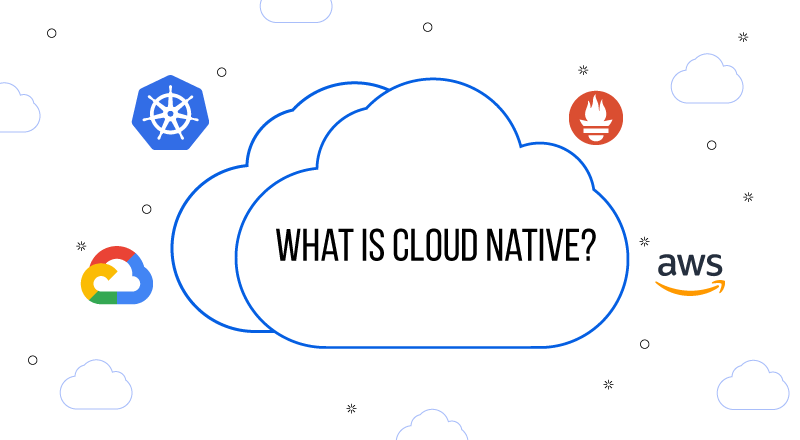Cloud computing is already part of the day-to-day life of organizations’ IT infrastructures. Its benefits have convinced technology and business managers to focus a good part of their digital transformation strategies on it. That is why the success of systems designed to take advantage of these benefits is not surprising.
What are cloud native applications? What are its advantages?
The starting point is clear. Cloud architectures provide a very different environment for business IT infrastructure modernization than traditional developments. Faced with their inflexibility and complexity of deployment and evolution, the cloud provides an environment where resources are flexible, scalable, accessible in any location, easily consumable on demand and allow continuous monitoring.
Why not apply that approach to application development? That’s what it means for an application to be cloud native. That is, breaking the monolithic approaches and structures of the design, deployment and evolution of applications, allowing them to be made up of different independent modules that can cooperate with other resources in the cloud.
WHAT ARE MICROSERVICES FOR?
The construction of cloud native applications is carried out using a microservices model capable of decoupling the different elements that make up the software. This allows each of these fields to be made independent and communicated through APIs so that they can be developed, implemented and modified without depending on each other, providing the desired functionalities. All of this provides the maximum capacity to evolve and scale applications , fitting them in the location you want.
The independence of the different parts of the application means that each of them can be scaled, modified or eliminated in real time without necessarily being linked to the others. This is insurance to evolve quickly depending on the needs of the business.
Cloud native applications also stand out for providing a high level of efficiency in the use of resources, which reduces costs, and because they offer very simple management thanks to their automation.
AVAILABILITY AND BUSINESS CONTINUITY: EXECUTION ON MULTIPLE CLOUD INSTANCES
Its packaging in containers facilitates the mobility of these applications from one cloud location to another. Let’s remember that containers contain the code and all the other components that allow an application to be deployed and run quickly and safely.
This ease of transfer and the fact that they can run on multiple instances in the cloud guarantee their availability and are two key aspects of companies’ business continuity policies.
All these characteristics explain the growing interest in organizations in cloud native applications. To these, we must add the advantages of on-demand consumption (SaaS) to control costs and easy access to tools in cloud marketplaces to enrich them with new functionalities.
As always, these benefits can disappear and even become disadvantages if you do not have the appropriate knowledge and experience in the cloud environment.


